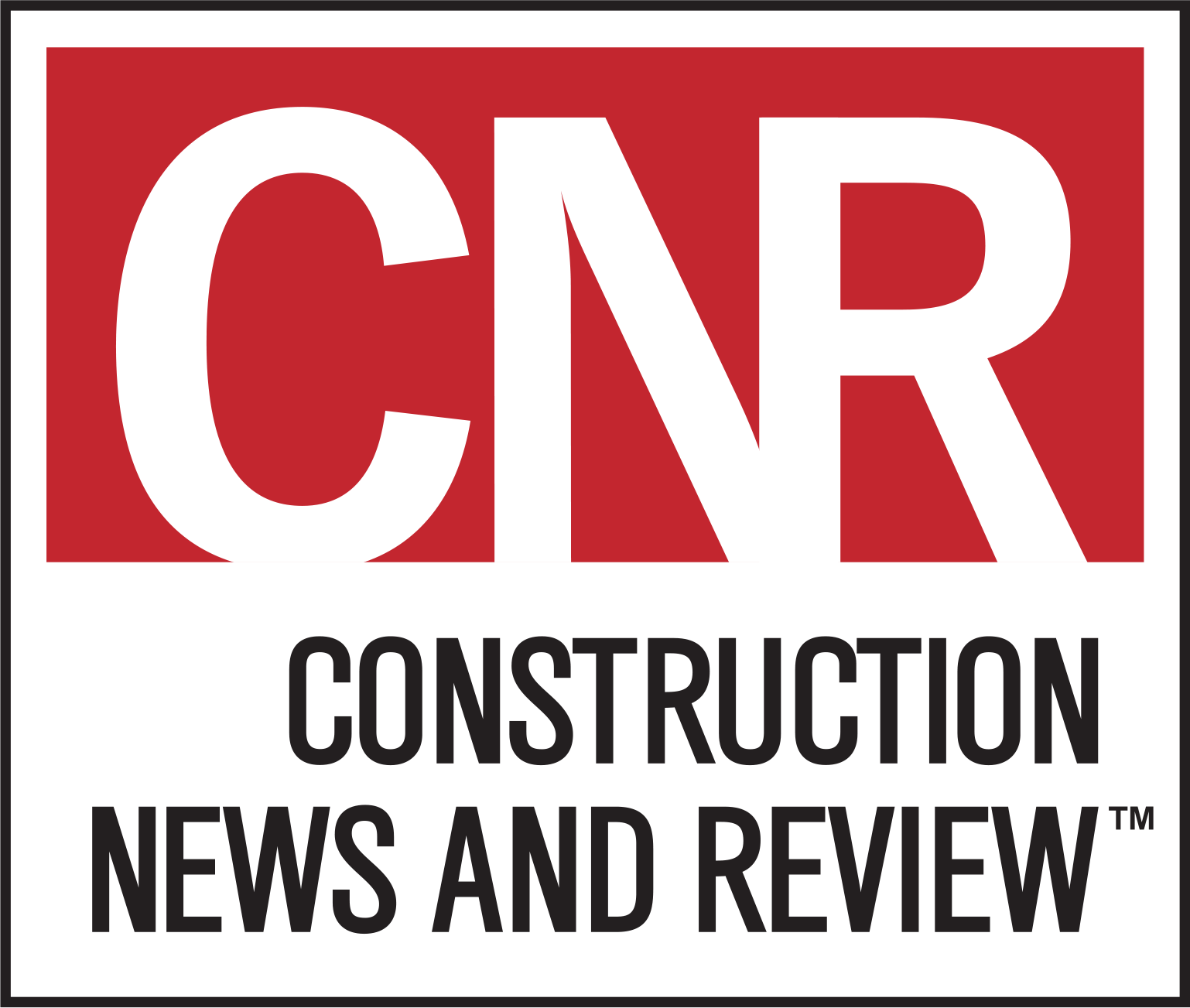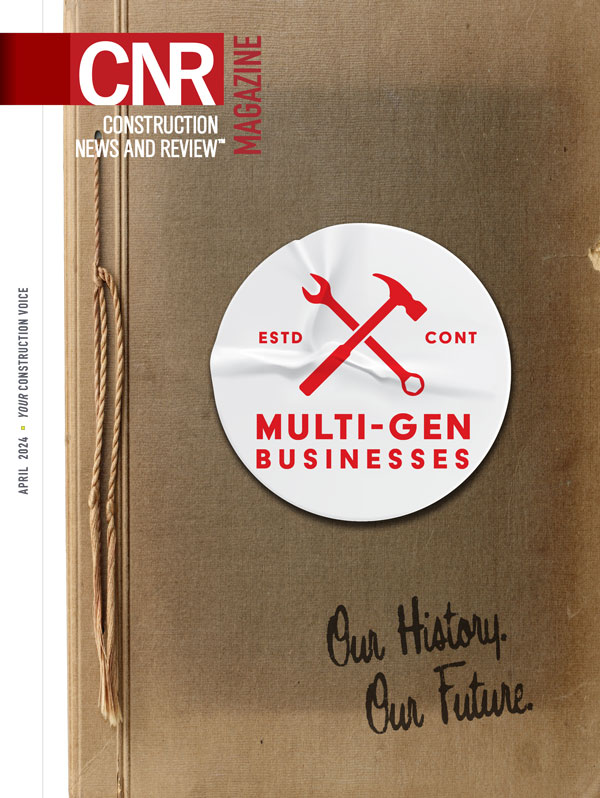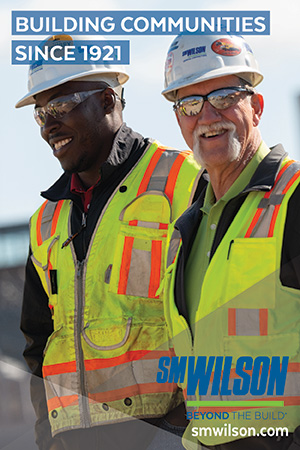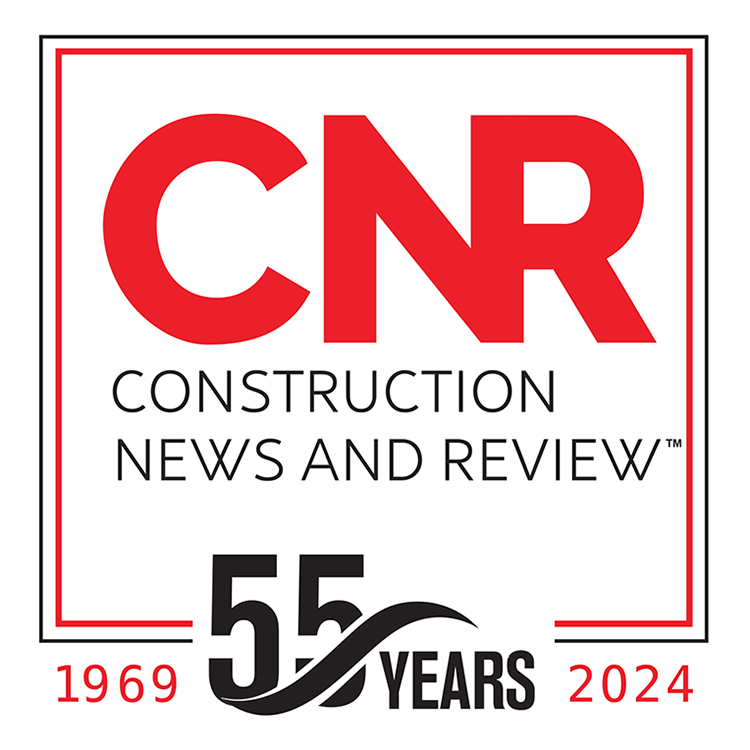3 Real Estate Development Strategies to Consider in 2024
Part two in a two-part series
By MATT MARSH
Real estate is a localized asset. It’s driven by things like taxes, the local business climate, demographics, education levels, nearby amenities, the cost of living, etc.
But despite its value being determined by local forces, you must also consider the macroeconomic landscape when making real estate decisions. So, while I may live in Raleigh, the strategies I highlight here I believe will work in markets across the U.S. due to the prevailing market conditions that we’re all dealing with.
You just have to be strategic about where you target the opportunities for each specific strategy in your market.
Let’s discuss.
- Infill development
Affordable housing is a hot button topic right now. There’s a lot of brainpower being spent on coming up with creative solutions to solve the housing crisis.
As developers and policy makers weigh different solutions, there is a fact that needs to be considered – land in urban areas is more expensive than rural property. Urban land is also less plentiful – so the natural inclination is to look at the periphery of urban areas for available land, which leads to more sprawl as the natural progression of development.
But suburban sprawl often does little to solve housing challenges and typically doesn’t do a good job of supporting those most in needs of housing with proximity to public transportation options and employment opportunities.
Missing middle infill development offers a great alternative to traditional stick-built apartments, which are overbuilt in many markets, and suburban single-family housing.
I love this space for a couple of reasons:
- Infill projects often support development in a walkable context
- These projects avoid further outward sprawl, and you can often cater to the same population that might gravitate toward traditional multifamily product
- Infill development adds to the diversity of housing choices
- Developers/owners can typically drive rental rates beyond what similarly positioned housing alternatives can support
Additionally, many municipalities are in the process of re-writing and in some cases have already re-written their code to allow for more progressive housing options in urban areas. You’re seeing a push for the elimination of single-family zoning to allow for 2-4 unit infill development by-right, a push for ADU’s, and more relaxed exempt plat development.
All these trends are conducive to infill development being great asset class to consider in 2024 and 2025.
- Build-to-suit (BTS) development
Build-to-suit development has been around forever. It’s essentially the process of a commercial building being custom built for a specific end-user or operating company. The business will then lease the space back from the developer or real estate investor.
For some context, I don’t believe that real estate is the only industry that’s impacted by the current market conditions I talked about earlier in this video. We’ve seen layoffs across tech and financial services, and despite the flawed and misleading employment statistics, businesses are in fact pulling back in preparation for a recession.
But economic uncertainty also forces companies to really evaluate their business and real estate strategies. That could result in the need for facility optimization to complement business operations, space consolidation, or even expansion.
A build to suit alleviates the need for the operating company to come out of pocket with large sums of up-front capital. It allows businesses to more efficiently allocate their dollars towards core income producing business functions instead of tying capital up in real estate.
As a real estate developer, you need to consider whether the business can support the rental rate that’s required to accommodate the cost to deliver the building and an adequate rate of return.
Operating companies aren’t as impacted by interest rates as typical real estate investors. So even if interest rates remain “elevated” through 2024 into 2025, expect that business will still be able to cover rent requirements on a case-by-case basis.
- Land entitlement
Land entitlement as a real estate investment strategy has gained popularity over the last couple of years. Investors see it as an opportunity to participate in the real estate development process without having to commit the same amount of capital as you normally would during development.
Because it’s a slightly lower barrier to entry activity than a full cycle development project, there aren’t as many low-hanging fruit because a larger number of investors are chasing the strategy.
But there are great opportunities if you know where to look. And if you know how to underwrite a project leaving yourself enough meat on the bone to exit at various stages of land entitlement or permitting.
The key to this strategy is being well versed in real estate due diligence, and being well-connected enough with back-end buyers so that you aren’t left holding a property that is overpriced or no one wants to buy.
How you structure your underlying land contract will be critical to the success of this strategy regardless of land exit strategy you’re pursuing. Additionally, there is still a lot of capital sitting on the sideline looking for places to deploy. And most investors don’t have the expertise or the time to try to entitle a property themselves. If you’re crafty, you may be able to structure a deal using investor capital to entitle a project and even complete the horizontal land development before selling the project.
I love developing creative land entitlement strategies depending on the kind of property, the area and other factors.
Matt Marsh is a real estate consultant, developer and founder of Marsh & Partners in Raleigh, N.C.
Fresh Content
Direct to Your Inbox

YOUR CONSTRUCTION VOICE IN ST. LOUIS AND BEYOND
Join CNR Magazine today as a Content Partner
As a CNR Content Partner, CNR Magazine promises to support you as you build, design and engineer projects not only in and around St. Louis, but also across the U.S. CNR is equipped and ready to deliver a dynamic digital experience paired with the top-notch, robust print coverage for which you’ve always known and respected the magazine.





